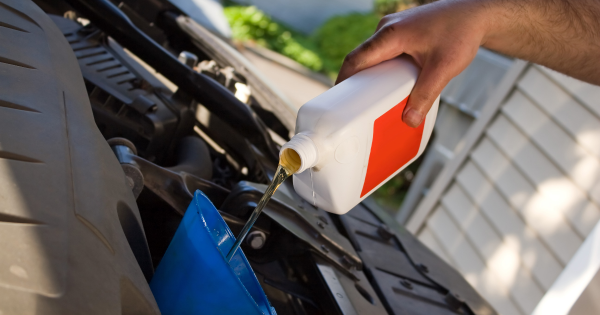Crude oil, which is the raw oil pumped from natural reserves underground, has a number of applications, especially in the auto industry. Read on to see just how it’s used in the maintenance of vehicles on a regular basis.
Processing
Because crude oil is the raw form of oil as mentioned above, it follows that it has to be refined to some degree before it can be put to use. Different degrees and types of processing allow for a variety of products of crude oil. Each resulting product can be used for a specific purpose, but only after the crude oil has been processed. This processing gives rise to products like diesel, motor oil, jet fuel, and gasoline. These are some of the oil products that are a lot more likely to be commonly heard by the average car owner. In these forms, oil is used in the ways outlined below.
Lubrication
A car’s engine has a number of moving parts. For maximum performance and improved durability, these parts need to be lubricated. This is, therefore, one of the purposes served by oil in a car. When the valves, pistons, camshaft, and other parts of a vehicle’s engine are sufficiently lubricated, they ensure that there’s a lower chance of mechanical issues and lower wear and tear of the engine. It’s likely that crude oil will continue to enjoy high demand because of the fact that there is an increasing demand for its lubrication purposes. This is evidenced by the fact that demand for crude oil globally in 2020 was expected to increase to 96.5 million barrels each day by 2021.
Cooling
Crude oil is also used to cool the parts of an engine that risk reaching destructive temperatures as a result of friction. Oil helps transfer the heat that builds up in the engine block and gets it to manageable temperatures. It does this by absorbing some of the heat from the components that it gets into contact with as it gets pumped through the vehicle’s system. Once it has picked up this heat, it dissipates it when it gets back to the bedpan where it is stored. This circulation leads to a continuous cooling effect that is important for the proper function of a car’s engine. On average, car engines have an average horsepower of 100 to 2000. This is a lot of power, and it’s easy to see how the heat in the engine is generated and needs to be dissipated in real-time.
Cleaning
The third application of processed crude oil is keeping a car’s engine clean. As the oil moves through the engine, apart from absorbing some heat, it also collects some impurity and debris that may have found its way into the engine. The oil carries these back to the bedpan, where it’s stored having passed through a filter. The impurities it had are left behind at this point and the resulting clean oil runs through the engine again, repeating the cycle for the entire time that the car is running. This is the main reason why it’s recommended to do an oil change on a regular basis, either after every 3,000 miles or according to the recommendation of the vehicle manufacturer.
While there is also synthetic oil available on the market, it’s a bit more expensive than that obtained from refining crude oil. This makes it less popular when considering finances although it still has a market due to its improved molecular uniformity and superior additives. There are variants that use a combination of synthetic and natural crude oil that some car owners prefer. At the end of the day, crude oil is versatile and can be used in many ways in the maintenance of a car.

